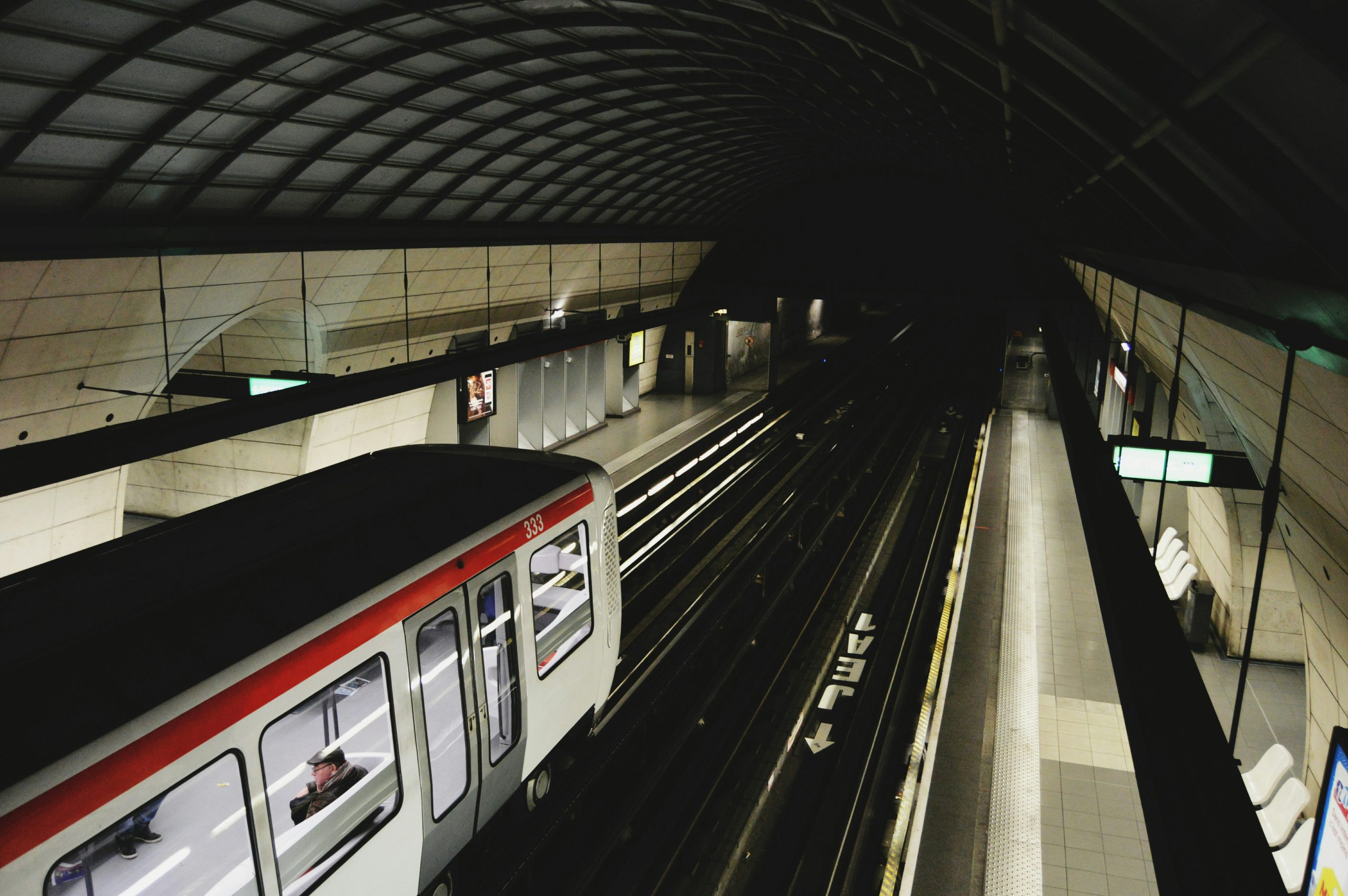Why Public-Private Partnerships Transform Transportation Systems
The transportation system plays a crucial role in our daily lives, connecting us to our workplace, schools, and everything in between. As the population continues to grow, the demand for efficient and reliable transportation systems also increases. This puts tremendous pressure on governments to find ways to improve and expand their transportation networks. Public-private partnerships (PPPs) have emerged as a solution to addressing these challenges. In this article, we will delve into why public-private partnerships are transforming transportation systems and the benefits they bring.
The Need for Transformation in Transportation Systems
Transportation systems are the backbone of the economy, and they serve as a vital link between suppliers and consumers. However, with the increasing population and urbanization, the existing transportation infrastructures are struggling to keep up with the demand. This has led to a host of problems, including traffic congestion, delays, and lack of adequate public transportation.
Furthermore, governments face budget constraints, making it challenging to fund large-scale transportation projects. The traditional approach of relying solely on the public sector to fund and manage these projects is no longer efficient. This is where public-private partnerships come into play.
What are Public-Private Partnerships?
In simple terms, public-private partnerships are contracts between the government and private sector entities, where both parties work together to finance, construct, operate, and maintain public infrastructure projects. In the case of transportation systems, PPPs involve private companies collaborating with governments to design, build, and operate roads, bridges, tunnels, airports, and other transportation facilities.
PPPs have gained popularity over the years due to their ability to bring together the resources and expertise of both the public and private sectors. This partnership model has proven to be an effective way to deliver transportation projects that meet the growing demand while also fulfilling the needs and expectations of the public.
The Transformational Impact of PPPs on Transportation Systems
1. Innovative Solutions and Enhanced Efficiency
The primary goal of public-private partnerships is to create a win-win situation, where both parties benefit from the partnership. Private companies bring innovative ideas, state-of-the-art technology, and specialized skills to the table, which can lead to the delivery of more efficient and cost-effective transportation systems.
For instance, PPPs have enabled the integration of technology in transport systems, leading to the development of intelligent transportation systems that improve overall efficiency. These systems use real-time data and analytics to manage traffic flow, optimize routes, and provide travelers with accurate information in real-time.
2. Faster Project Delivery
The traditional approach of public agencies funding and managing transportation projects can be a lengthy and bureaucratic process, leading to project delays and cost overruns. In contrast, PPPs are known for their faster project delivery. Private companies have an incentive to complete projects on time and within budget as they are contractually obligated to do so. This timely delivery of projects benefits the public, as it reduces the inconvenience caused by roadworks and traffic interruptions.
3. Increased Investment and Cost Savings
PPPs attract private financing and investment, reducing the financial burden on governments. Private companies invest in these projects with the expectation of receiving returns on their investment. This encourages the private sector to take on more significant risks, resulting in increased investments in transportation infrastructure.
Moreover, PPPs also lead to cost savings for governments in the long run. This is because private companies are responsible for the maintenance and operation of the infrastructure, reducing the burden on government resources. It also ensures that the infrastructure is maintained to the highest standards, as the private sector has a financial stake in the project’s success.
Conclusion
In conclusion, public-private partnerships have changed the game when it comes to building and maintaining transportation systems. They offer a unique collaboration between the public and private sectors, making it possible to deliver efficient and high-quality transportation infrastructure that meets the needs of the public. As the demand for improved and expanded transportation systems continues to grow, PPPs will play an even more critical role in transforming our transportation networks.










